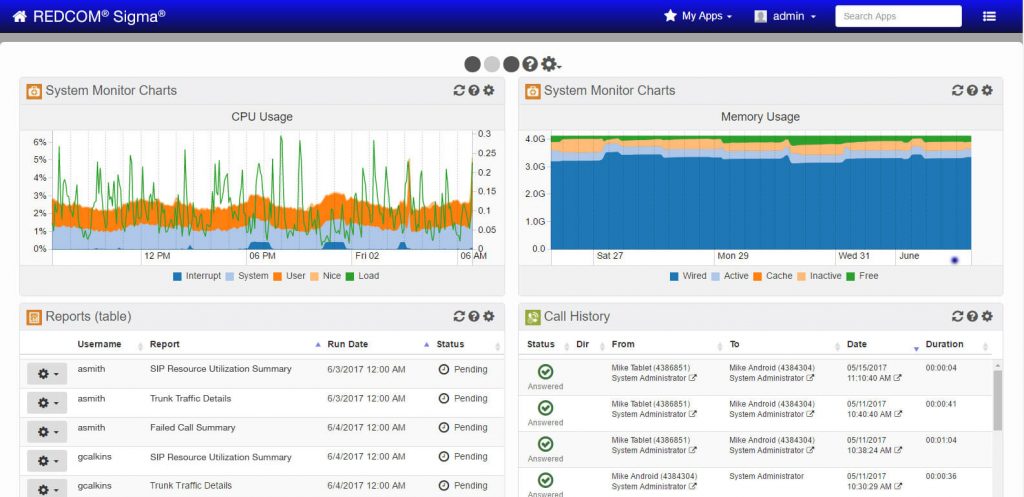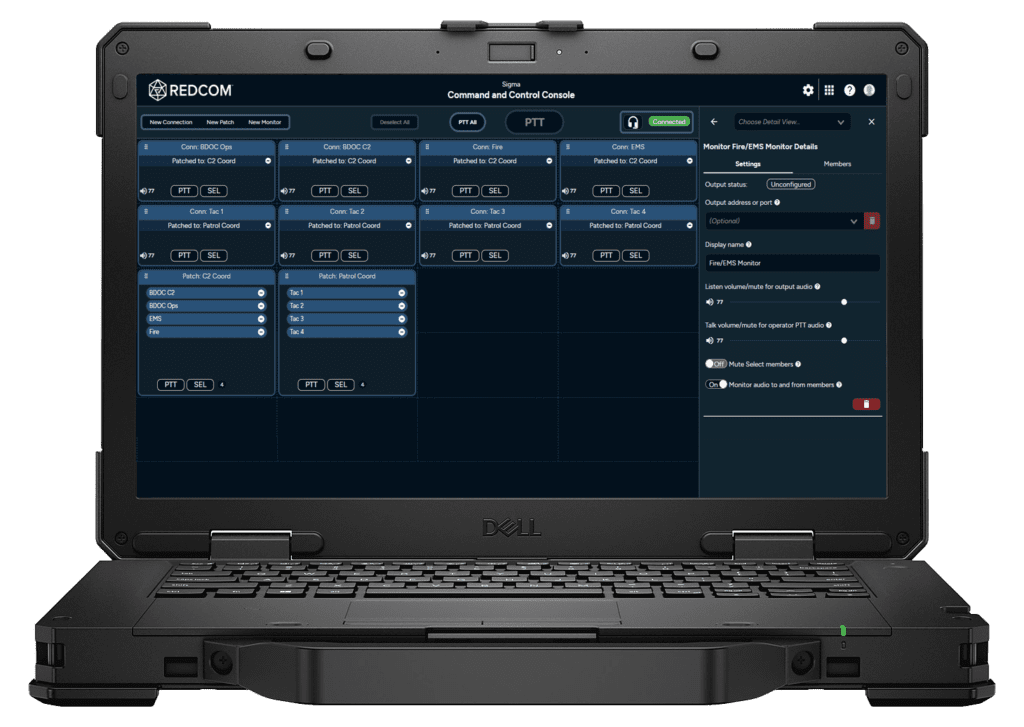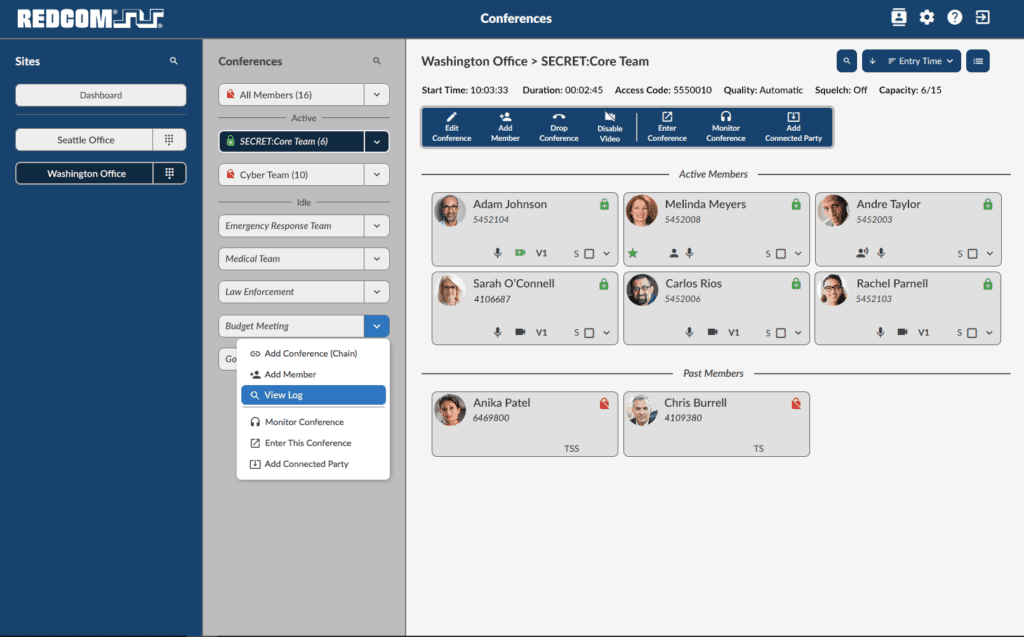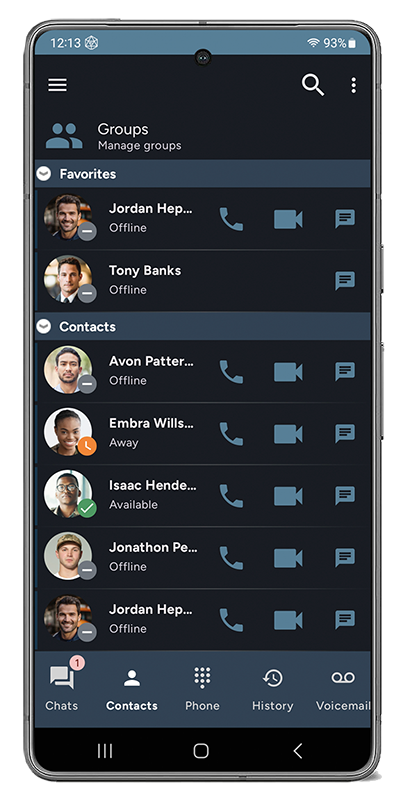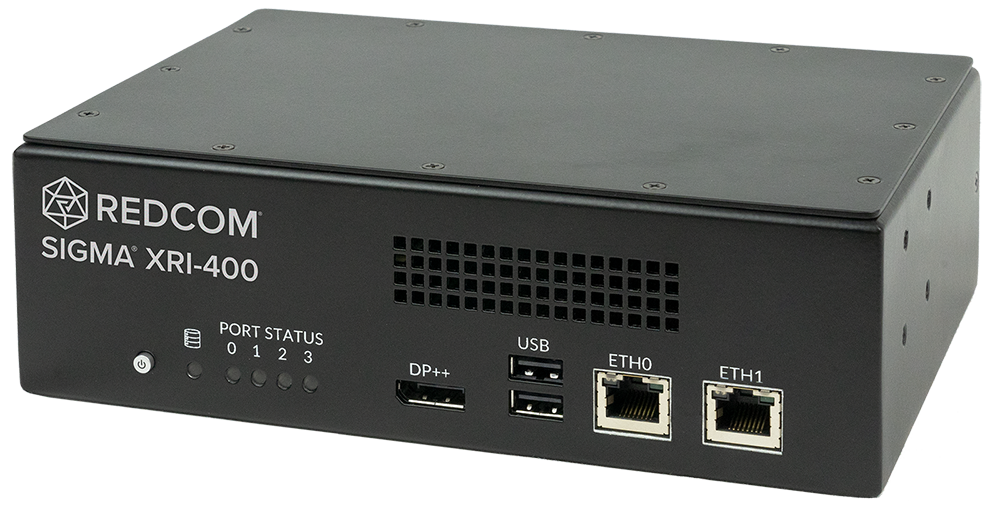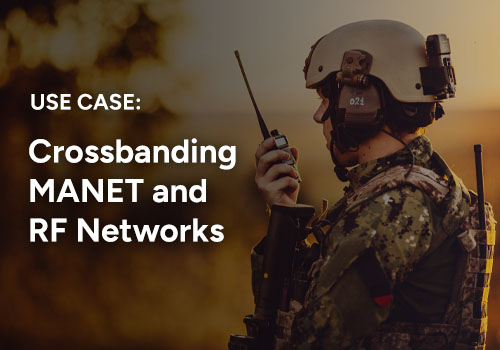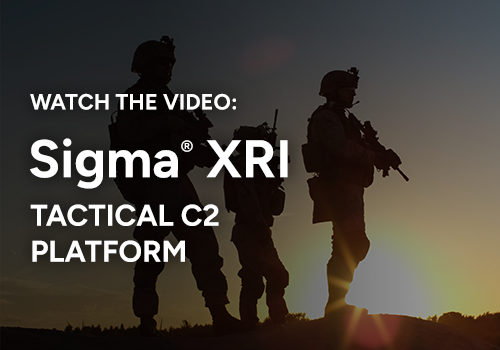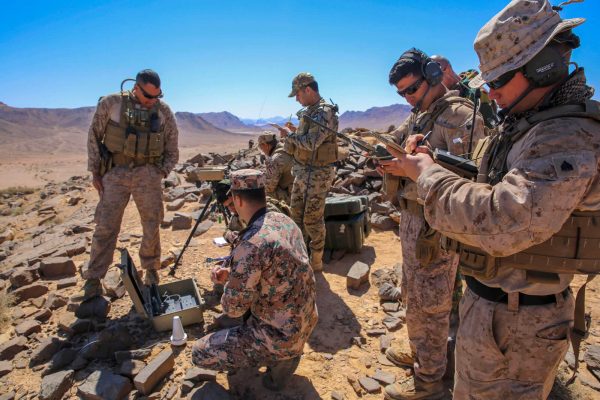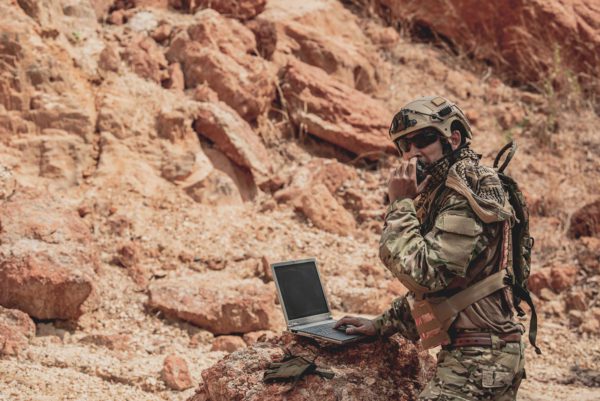In the context of military operations, command and control (C2) at the tactical edge governs the ability to communicate and respond to threats. In this post, REDCOM looks at a couple of challenges that face our military’s ability to maintain C2 in future engagements at the tactical edge.
Interoperability Challenge
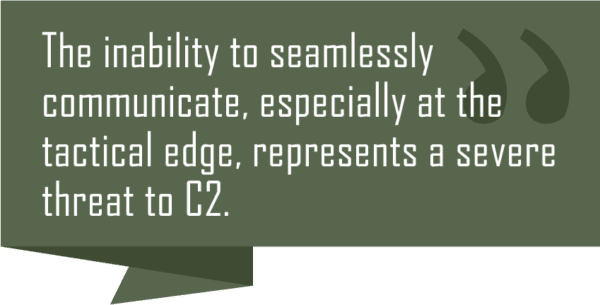 At a recent defense conference, a speaker touched on the need for U.S. forces to address the challenges and vulnerabilities of interoperability, especially at the tactical edge. He made a comparison to the commercial world, specifically referencing texting. Despite varying providers, you can always count on your text getting through regardless of the network that carries it.
At a recent defense conference, a speaker touched on the need for U.S. forces to address the challenges and vulnerabilities of interoperability, especially at the tactical edge. He made a comparison to the commercial world, specifically referencing texting. Despite varying providers, you can always count on your text getting through regardless of the network that carries it.
The difference between the commercial space and the defense space is motivation. In the commercial space, the need to generate revenue helps drive interoperability. Things work much differently in the defense industry. Baking in interoperability on the battlefield puts companies’ share of the market at risk, and thus there is little commercial motivation to address interoperability challenges.
As a result, the interoperability gap has been a topic of discussion among military leaders for decades. The inability to seamlessly communicate, especially at the tactical edge, represents a severe threat to C2. At the tactical edge specifically, the interoperability issues that arise are related primarily to voice communications.
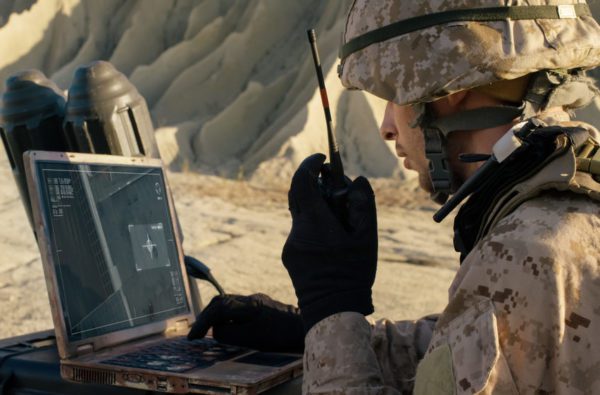 Voice communications can span numerous technologies including IP, satellite, HF, VHF, satellite, and analog. Adding greater complexity is the need to communicate between like units. For example, an Army ground unit communicating with an Army air unit must be on the same frequency, the same level of encryption, and so on. Packing on complexity, the same Army ground unit must also be able to communicate across military services such as the Marines, Air Force, Navy, or Coast Guard. Going further, it is likely we will not be in the next fight alone, so again, that same Army ground unit must also be able to speak with coalition partners.
Voice communications can span numerous technologies including IP, satellite, HF, VHF, satellite, and analog. Adding greater complexity is the need to communicate between like units. For example, an Army ground unit communicating with an Army air unit must be on the same frequency, the same level of encryption, and so on. Packing on complexity, the same Army ground unit must also be able to communicate across military services such as the Marines, Air Force, Navy, or Coast Guard. Going further, it is likely we will not be in the next fight alone, so again, that same Army ground unit must also be able to speak with coalition partners.
The asymmetrical advantage enjoyed in Iraq and Afghanistan will likely not be around in the next fight with a near-peer adversary. In fact, we may face an asymmetrical threat from a future adversary that can match us technologically or employ the technology through different rules of engagement. Seamless C2 can be a powerful tool to help counter those threats.
Ease of Use Challenge
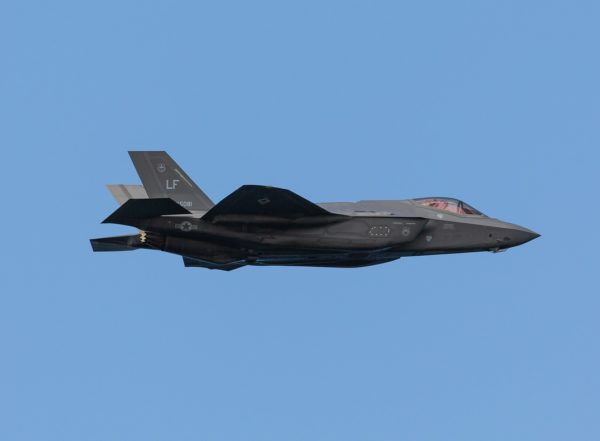 At the same aforementioned conference, another speaker made reference to an air exercise where an F-35’s comms were down and the exercise was briefly paused as field service reps went into the software and changed “a one to a zero” to get comms back online. This comment represents a daunting challenge when it comes to maintaining C2 at the tactical edge.
At the same aforementioned conference, another speaker made reference to an air exercise where an F-35’s comms were down and the exercise was briefly paused as field service reps went into the software and changed “a one to a zero” to get comms back online. This comment represents a daunting challenge when it comes to maintaining C2 at the tactical edge.
Relying on field service reps to repair or reconfigure deployed systems in the heat of combat is downright dangerous. Deployed networks must be easy to use and operate by trained military personnel already on the premises. Military leaders at the tactical edge cannot afford to have a third of their force comprised of civilian field reps just to operate equipment that warfighters should be trained on and able to use.
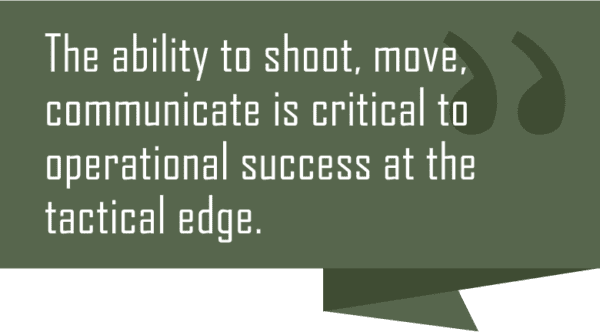 Communications networks must be intuitive and reliable. Not only does this take untrained individuals out of the equation, but it increases warfighters’ flexibility and capacity to rapidly deploy. The ability to shoot, move, communicate is critical to operational success at the tactical edge. Unfortunately, two of these principles are compromised when complex networks create the need for civilian experts to be deployed alongside U.S. warfighters.
Communications networks must be intuitive and reliable. Not only does this take untrained individuals out of the equation, but it increases warfighters’ flexibility and capacity to rapidly deploy. The ability to shoot, move, communicate is critical to operational success at the tactical edge. Unfortunately, two of these principles are compromised when complex networks create the need for civilian experts to be deployed alongside U.S. warfighters.
The Solution
To have successful command and control at the tactical edge in the next fight, interoperability and ease of use challenges related to voice communications must be addressed. Luckily, the U.S. Army has taken steps to shore up both of these issues by selecting REDCOM Sigma as their virtual session controller as part of its network modernization program. In a recent webinar, REDCOM addressed why Sigma was selected and how it addresses the challenges to C2 aforementioned in this post. You can watch the webinar here.
